Tochi Mochi is a distinctive Japanese rice cake that stands apart due to its primary ingredient: the “tochi” nut. This shows how Japanese people used what they had and were smart about cooking. It tastes and feels different from regular mochi made only from sticky rice. This article will cover where Tochimochi came from and why it is important in Japanese culture.
What is Tochi mochi?
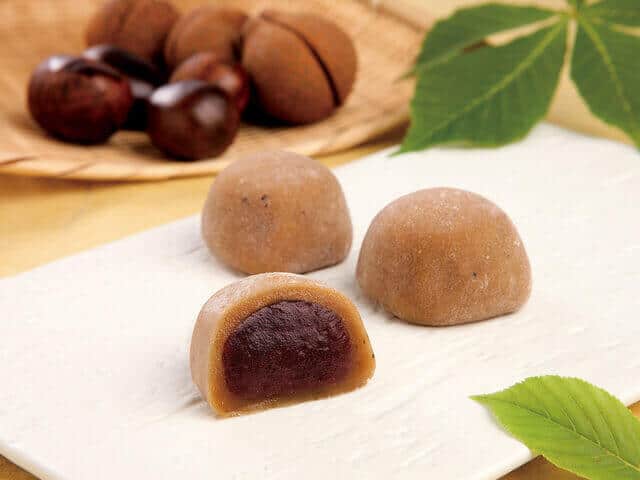
Tochi Mochi (栃もち) is a Japanese rice cake. It is special because it uses the “tochi” nut, also called horse chestnut. Tochi Mochi has special qualities which is usually less sticky than regular mochi. It has a simple, natural taste, often with a slight bitterness from the horse chestnuts. You can eat Tochi Mochi in different ways. It is traditionally part of New Year’s Ozoni. Another common way is to grill it until the outside is crispy. Then, break it open and put sweet red bean paste (anko) inside. This makes a fluffy, good-smelling, and chewy treat. You can also put it in Oshiruko, a sweet red bean soup, or make it into daifuku.
Tochi mochi History
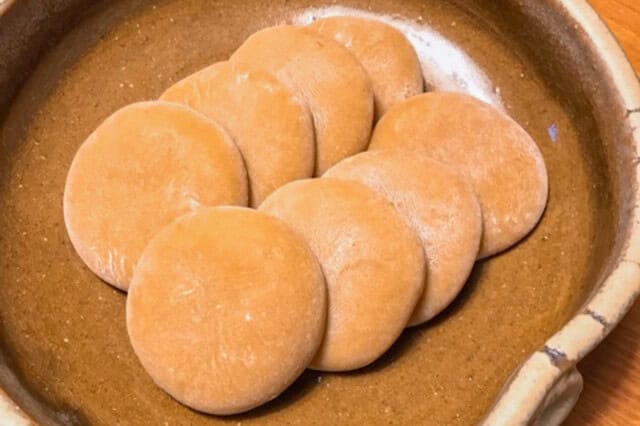
Tochi Mochi has a long history, going back to the Jomon period. In Japan’s mountains, growing rice was a challenging task. Horse chestnuts became a very important food source for survival. People learned how to make these bitter nuts good to eat. This shows how smart the old generations were about their environment and food. Tochi Mochi changed from a basic food to a valued item.
Tochi Mochi is also culturally important. People traditionally eat it during the New Year, often in Ozoni, a special soup with mochi. This connects today’s customs with old ways of getting food. It shows how it became a food with tradition and meaning. Also, some older people believe eating Tochimochi can help prevent strokes.
How do locals make?
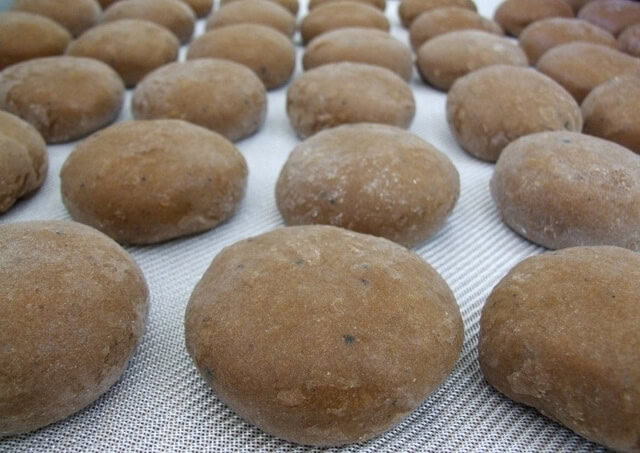
People in Japan developed a unique and detailed method called “aku nuki” to get rid of this bitterness, turning an inedible nut into something delicious. They first gather and soak the chestnuts for several days to remove bugs and help the nuts swell. Then, they either dry or soak the nuts again, peel them—often using special tools like the “Tochimuki”—and rinse them in running water for days or even weeks.
Next, they treat the chestnuts with lye made from wood ash, carefully controlling the temperature and ash content. When the bitterness fades, tasting the nut should cause a slight tingle on the tongue. Finally, they steam the treated chestnuts with sticky rice and pound the mixture to create mochi. Still, younger generations and newcomers to villages are stepping up to revive and preserve this tradition.
Summary
Tochi Mochi has a special taste and the hard work to make it show a strong link to the land and a rich food history. Learning about Tochi Mochi helps you see the close connection between old foods and cultural identity.
If you want to try other special Japanese mochi and traditional sweets, you might like Daifuku Mochi, Kusa Mochi, Kuzumochi, and Dango.
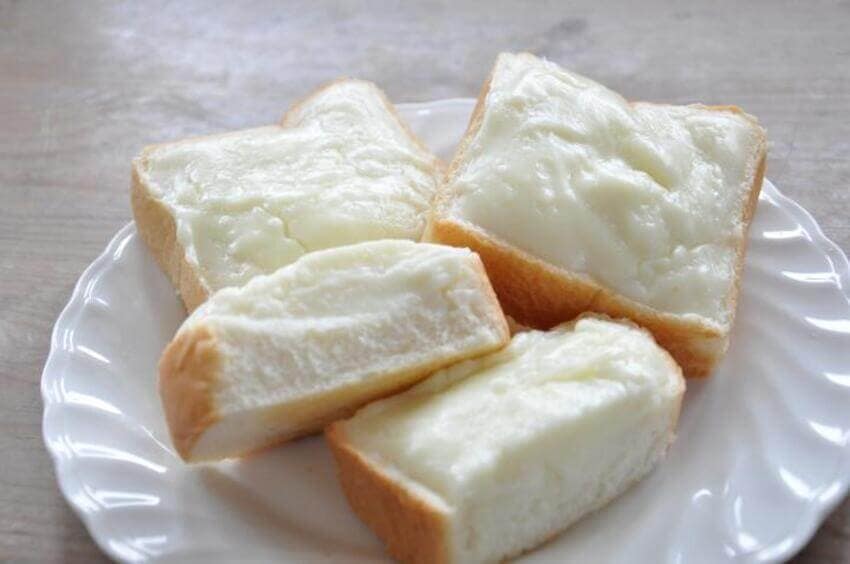
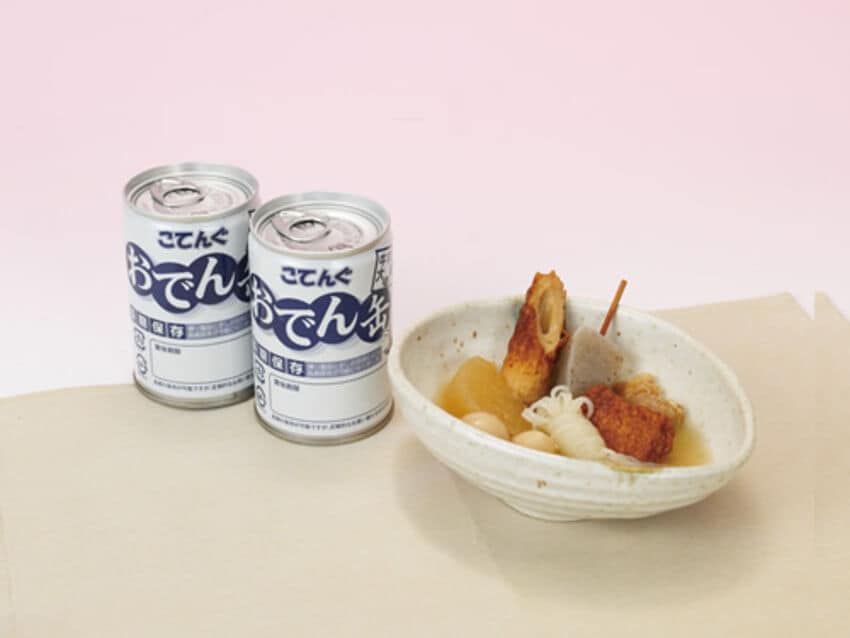
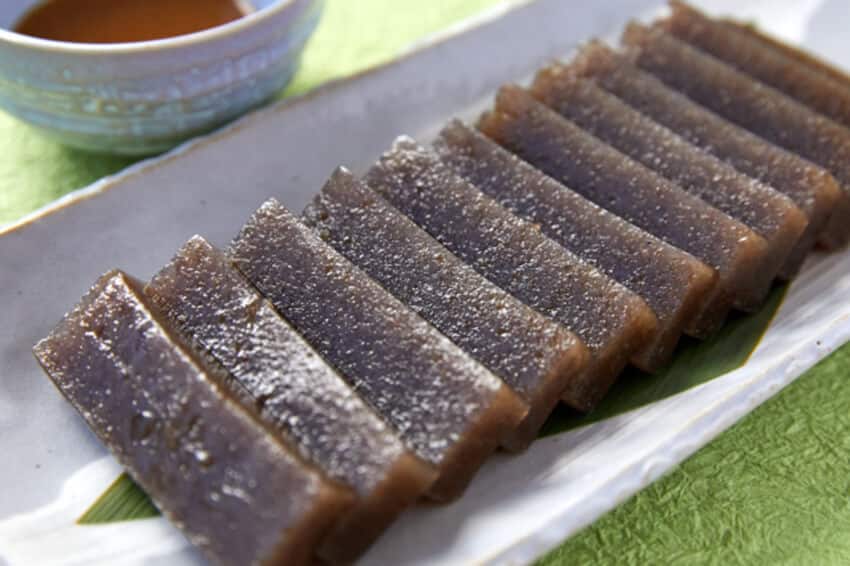
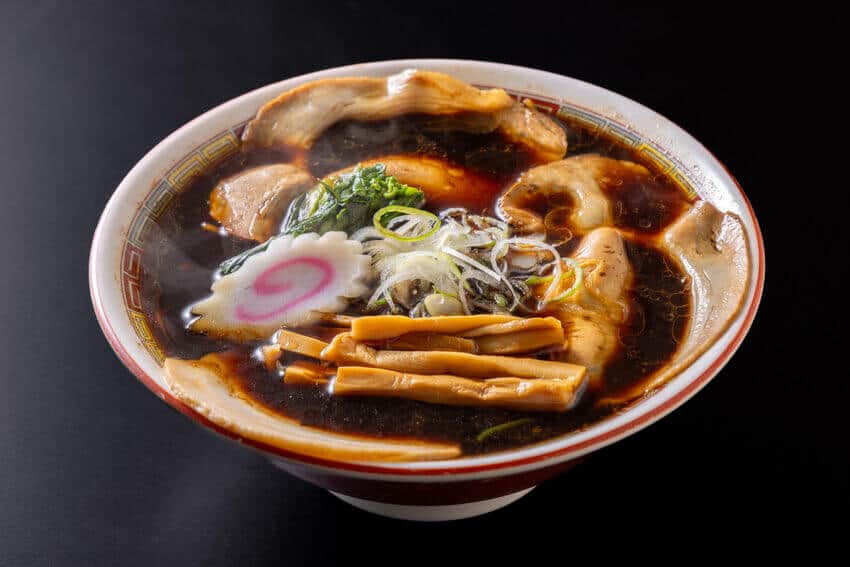


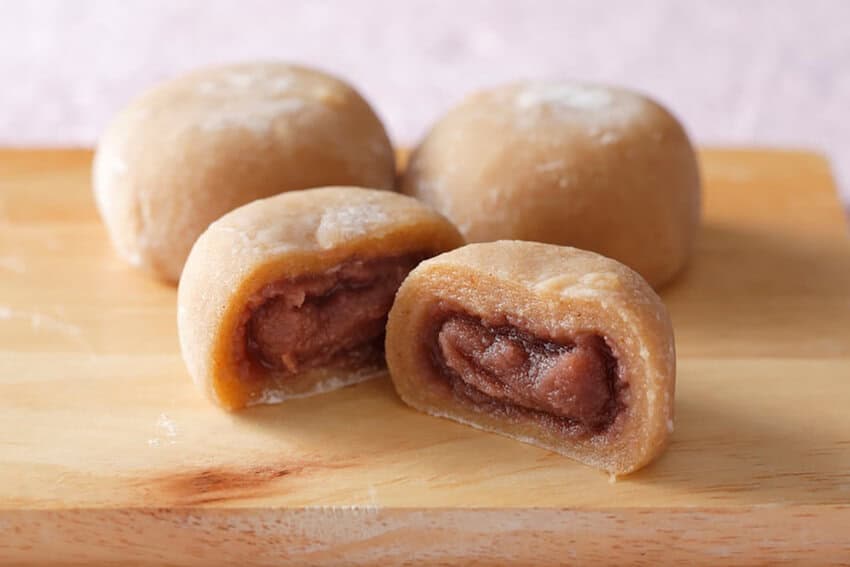
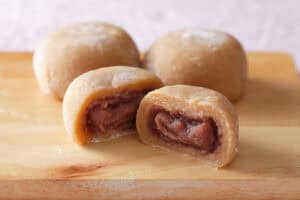
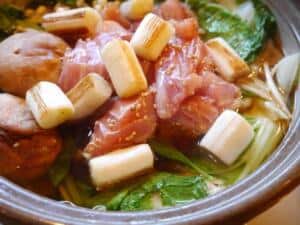
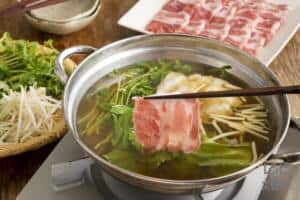
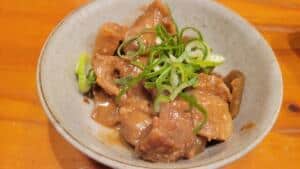

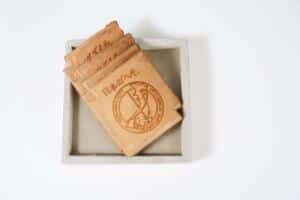
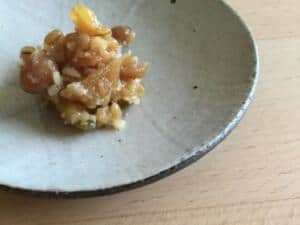
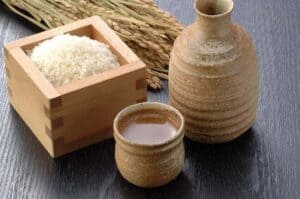
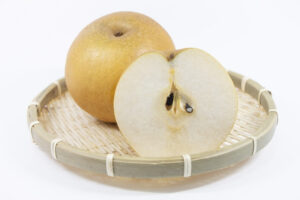
Comments